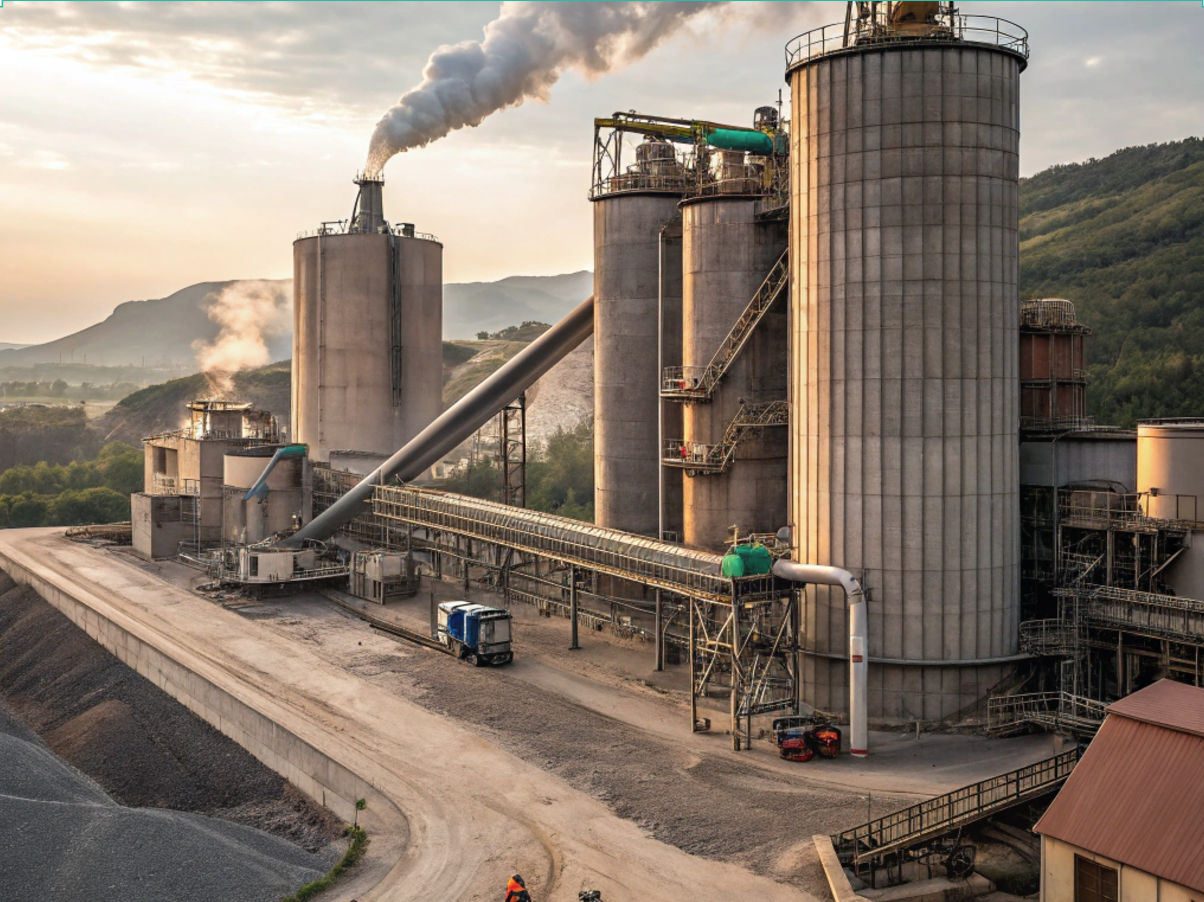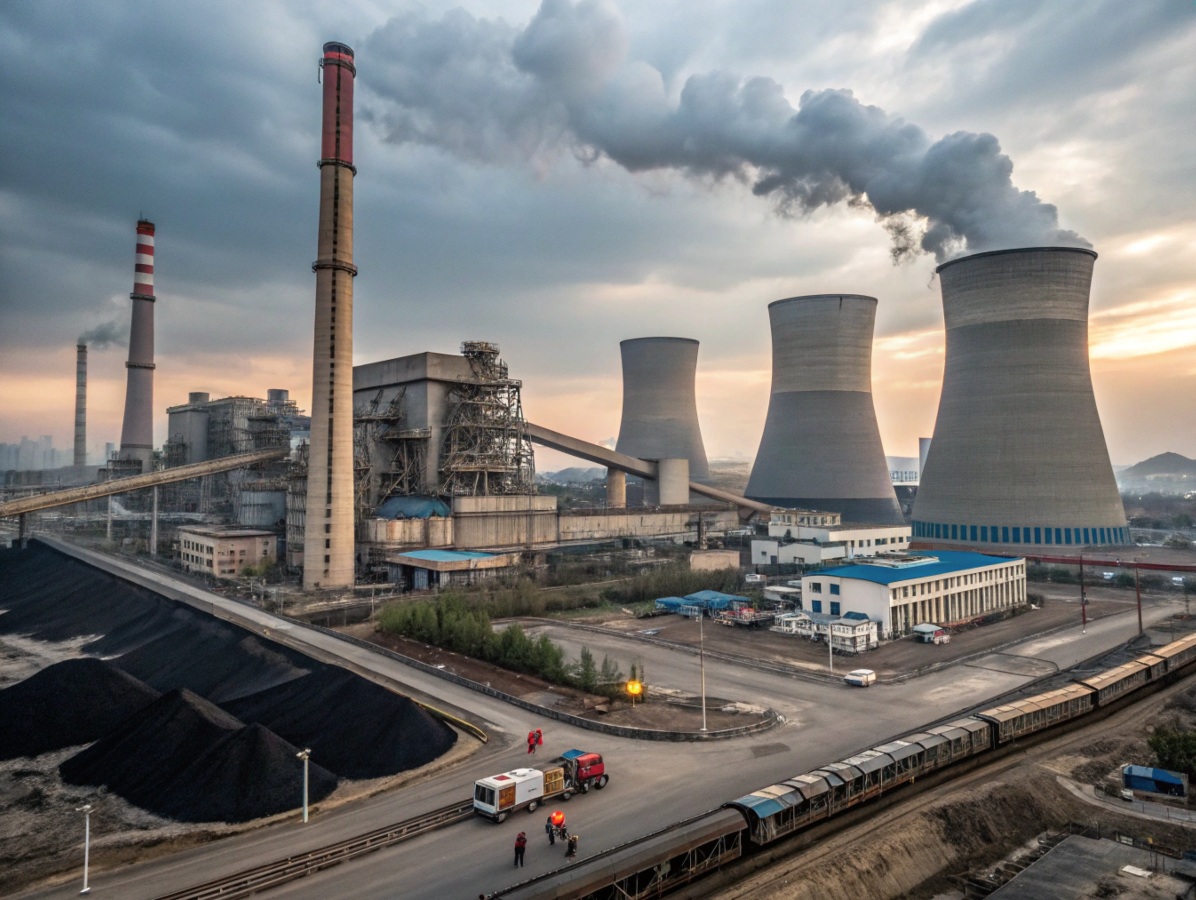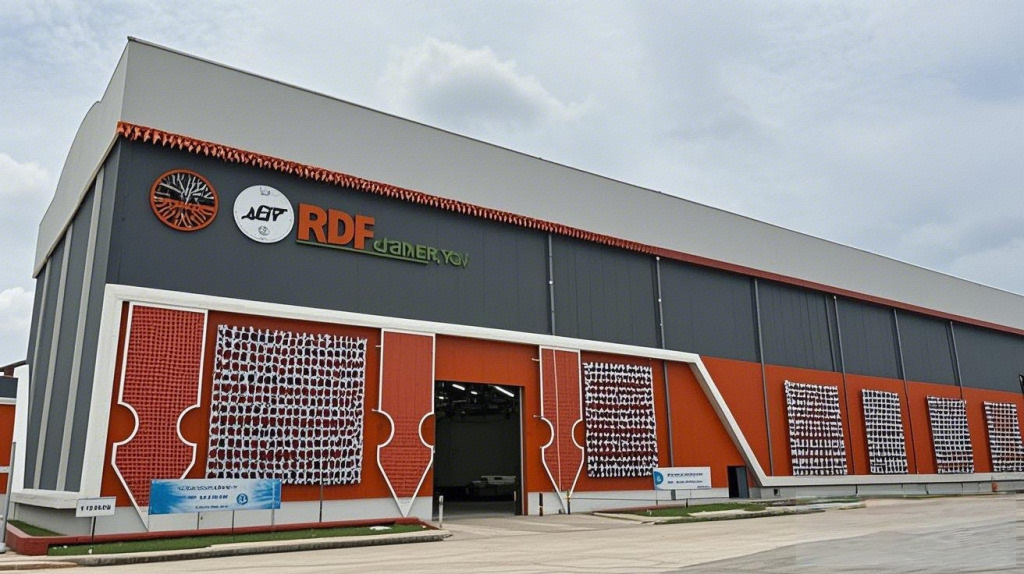 2025-01-22
2025-01-22Europe: Strong Policy Framework and Technological Innovation
In the European Union, the potential for RDF utilization remains largely untapped. A report commissioned by the European Investment Bank (EIB) emphasizes that, despite advances in waste management, a large portion of waste still goes unused as a renewable energy resource. For instance, the cement sector in Europe has already substituted 52% of its thermal energy with RDF, and further improvements in quality control could boost this figure to 85%.
EU policies, including higher taxes on waste treatment, are incentivizing industries to adopt RDF as part of broader efforts to reduce greenhouse gas emissions and decrease reliance on fossil fuels. Additionally, developments in chemical recycling technologies for plastics are expected to enhance the quality of RDF, driving further adoption across industries.

United States: Market Growth and Overcoming Quality Barriers
In the United States, the RDF and SRF market is growing at an impressive pace. By 2022, the market size had reached $1.5 billion, with projections indicating it could grow to $2.4 billion by 2030, reflecting a compound annual growth rate (CAGR) of 7.2%. RDF and SRF are particularly prevalent in cement manufacturing and power generation, where they replace traditional energy sources.
However, concerns about the quality of RDF persist, with industrial users highlighting issues such as inconsistencies in heat value, moisture content, and the presence of contaminants. Addressing these challenges requires significant investment in advanced technologies and equipment to ensure a reliable and stable fuel product.
The U.S. government supports the conversion of waste into energy through policies that encourage waste-to-energy projects aimed at reducing fossil fuel dependence and greenhouse gas emissions. With increasing technological advancements and continued policy backing, the RDF and SRF markets in the U.S. are poised for ongoing expansion.

Asia: Accelerating Growth Amid Technological and Quality Challenges
The RDF market in East Asia is developing quickly in response to urbanization and rising waste volumes. As many countries in the region struggle with inadequate waste management infrastructure, waste-to-energy technologies are emerging as a vital solution.
In Southeast Asia, nations like Indonesia are taking bold steps forward—Indonesia, for instance, is building the world’s largest RDF plant, which will process 2,500 tons of waste daily, producing up to 875 tons of alternative fuel for industrial use. Meanwhile, Singapore is constructing its first integrated wastewater and waste treatment facility, which is expected to become operational by 2025.
Despite these advancements, the region faces challenges in RDF production efficiency, largely due to a lack of effective waste sorting systems. This results in inconsistent RDF quality, which remains a significant barrier to market growth.

Improving RDF production efficiency and consistency is critical to overcoming these obstacles. Companies like Harden Machinery Ltd. are at the forefront of addressing these challenges. Harden’s DWS system, which has been deployed in over 200 projects worldwide across sectors like cement, power, and pulp and paper, offers advanced solutions for improving RDF quality.
The DWS system removes contaminants and ensures stable RDF combustion in industrial kilns. Through cutting-edge technologies such as fine crushing, intelligent air selection, and magnetic separation, Harden guarantees the high performance and eco-friendliness of RDF.

Refuse-Derived Fuel (RDF) and Solid Recovered Fuel (SRF) are becoming integral components of global strategies to address both energy needs and waste management challenges. In Europe, the adoption of RDF is supported by favorable policies and ongoing technological advancements; the U.S. market continues to grow despite quality challenges; and Asia is rapidly expanding its waste-to-energy infrastructure.
Leading companies like Harden Machinery Ltd. are helping to improve RDF quality and production efficiency, contributing to the maturation of the global RDF supply chain.
As innovation and policy support continue to shape the future of RDF/SRF, these fuels will play an increasingly crucial role in helping the world meet its energy transition, waste reduction, and carbon emission reduction goals. The ongoing evolution of RDF/SRF technologies promises a sustainable future in which waste becomes a valuable resource, powering industries and communities around the world.













